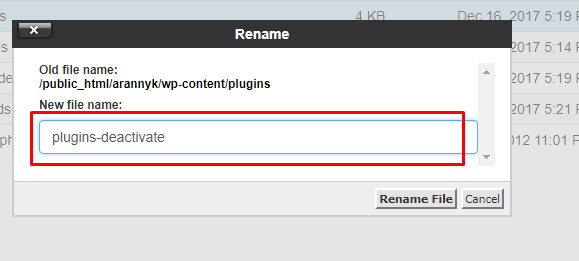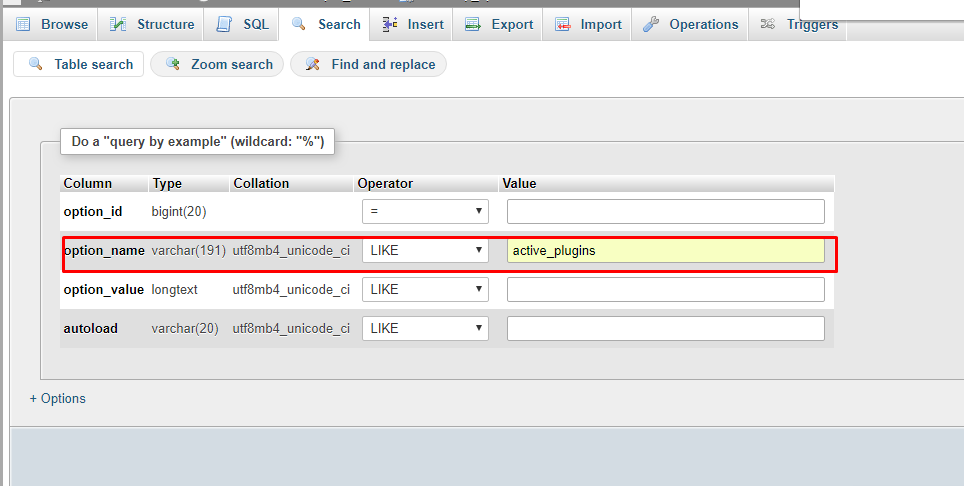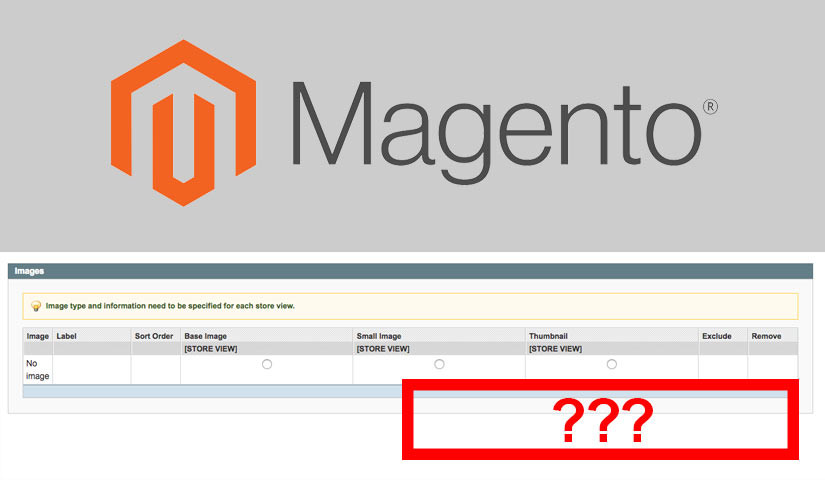Sometimes we need to disable WordPress plugins without accessing the WordPress dashboard. Often times during troubleshooting, many websites recommend that you to deactivate all plugins on your WordPress website. It’s easy to activate or deactivate plugins through WP admin access, but when you cannot access the WP dashboard, how can you deactivate those plugins?
If you’re facing this problem, then you should relax and know that there are other ways to deactivate your plugins. You don’t need to get the access to your wp-admin area to disable your plugins. Today I am going to show you some effective ways to disable your WordPress plugins without dashboard access.
Disable your Plugin Files One by One simply by renaming them in cPanel & FTP – Method 1
This method is the easiest way to disable your plugins one by one without dashboard access. All you need to do is to rename the plugin files to disable the plugins.
Locate your wordpress plugins folder
Open your wp-content folder from either using cPanel or FTP. In the wp-content folder you’ll find a folder named plugins where all of your plugins are located.

Rename plugins to deactivate them
Simply rename the plugin’s name as shown in the image below by adding “-disabled” on the end of the folders name. When you get the access to wp-admin, you will find a message telling you that the plugin has been disabled.

Disable all of your Plugins by renaming the Root Folder – Method 2
This is one of the easiest and simplest way to disable all of your WordPress Plugins. In this method, you will need to use either an FTP client or your cPanel. If you are not using cPanel, then you can use your host’s file manager.
Connect FTP client or open File Manager and locate the plugins folder
Connect your website using FTP client or your host’s file manager. Navigate to the plugins folder and rename the folder to “plugins-deactivate”. This will deactivate all of your plugins, remember to change it back to “plugins” again after you’re finished.

Disable all WordPress plugins directly from the database – Method 3
It is one of the easiest methods to deactivate your WordPress plugins directly from your database. This technique is most useful when you have problems logging into the admin dashboard, or having blank pages on the website.
Find the name of your database
With this method, you’ll need find your database name. To access the database, you need to open your c-panel. Then open the wp-config.php file where your website is located.

Check the DB_NAME variable in the file. The file is usually located in the document root directory of your cPanel.

Select your database and find your active plugins in phpMyAdmin
To disable all plugins, go to phpMyAdmin in cPanel. Select your WordPress database from the menu on the left.
Then you need to select the table wp-options from the left side and find the option active_plugins. You can even find this by click on search and type active_plugins.

Edit the table of active_plugins to disable the plugins
Click the pencil icon there to edit the table of active_plugins. There you can see your plugins are located with some quotation mark. For example, as I have all in one wp migration, the code is:
a:1:{
i:0;
s:51:
"all-in-one-wp-migration/all-in-one-wp-migration.php";
}
Delete the code and save the table to deactivate
Now it’s time to disable all plugins. You need to simply delete the code. Then click the Go button to save the changes.
Please note that this table prefix may not be the same as wp_. It can be different when setting up the database. You can check the table prefix from the DB_NAME.
Another way to search for active plugins
Another way to find the active_plugins table is to click on SQL and insert the following query. Then, click GO button.
SELECT *FROM wp_options WHERE option_name = 'active_plugins';

Once the query is executed, you’ll find the active_plugins. Now you know what to do. Simply follow the upper steps.
I hope this article will help you to deactivate your WordPress plugins when you don’t have the access to wp-admin.



